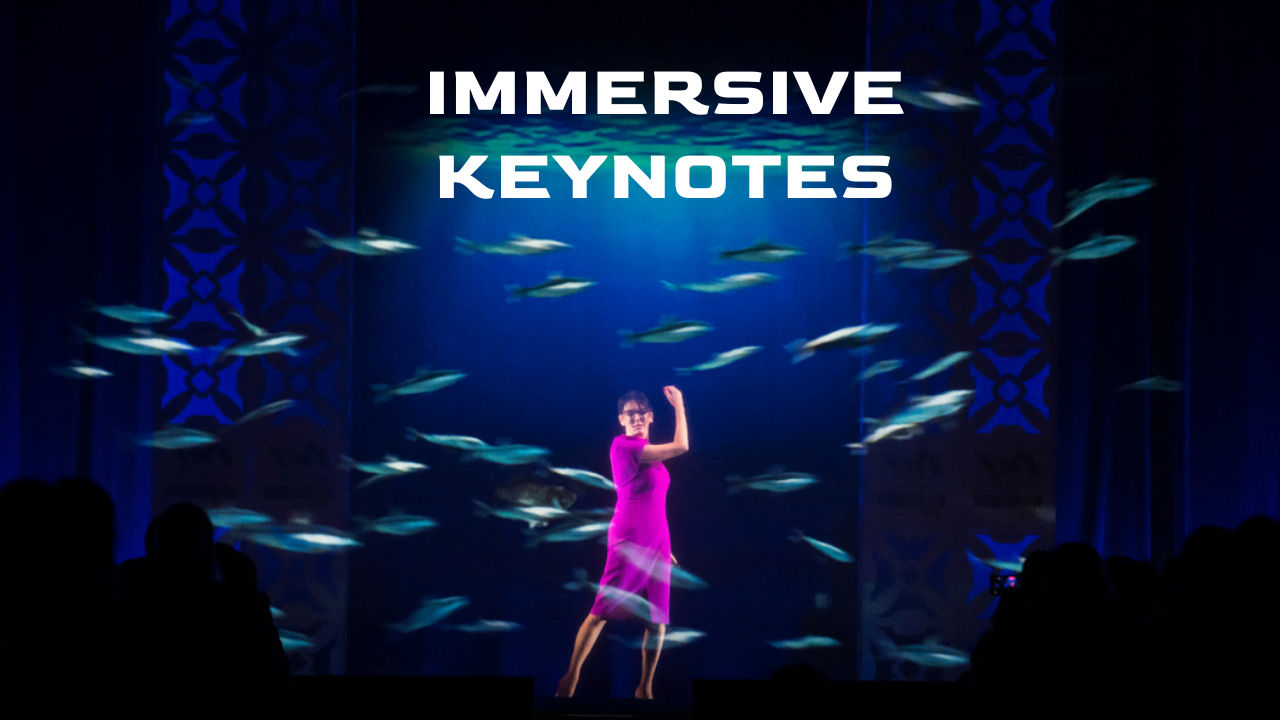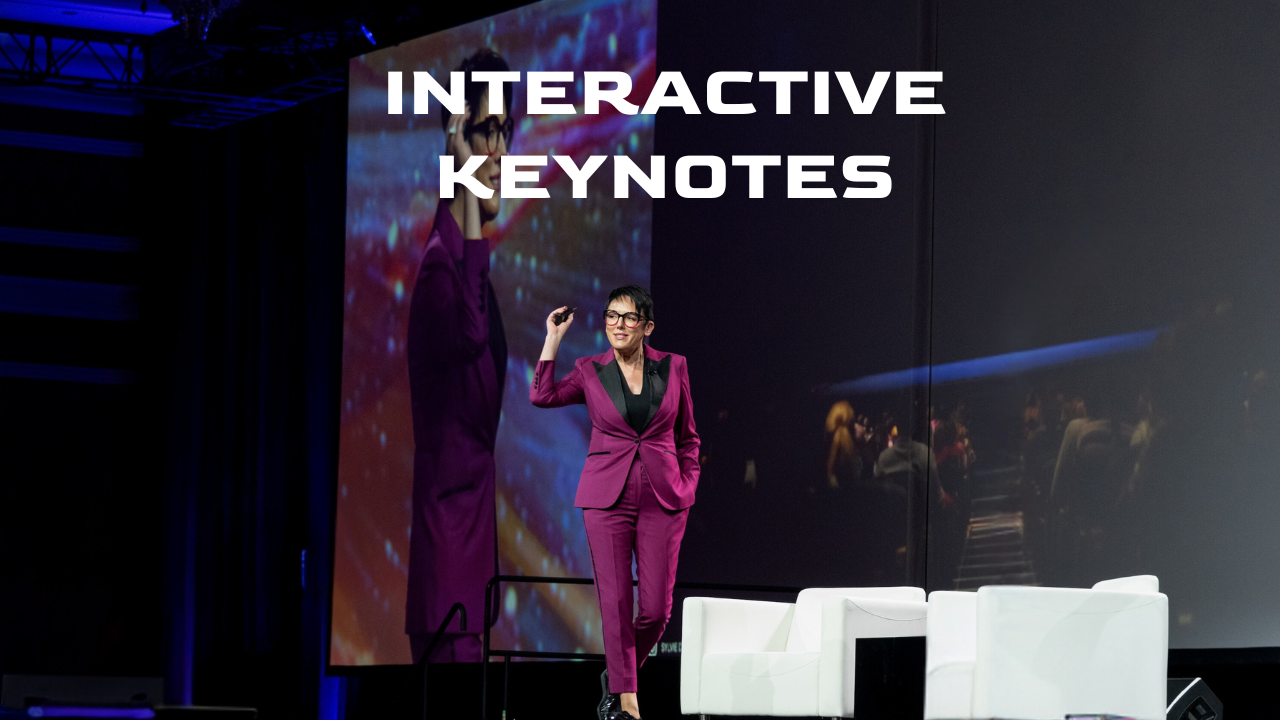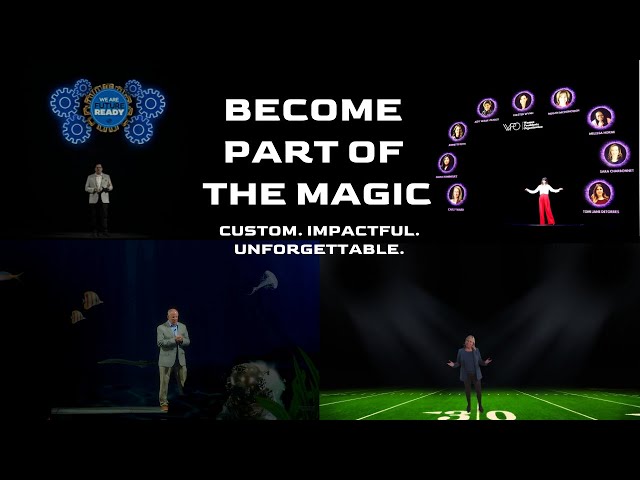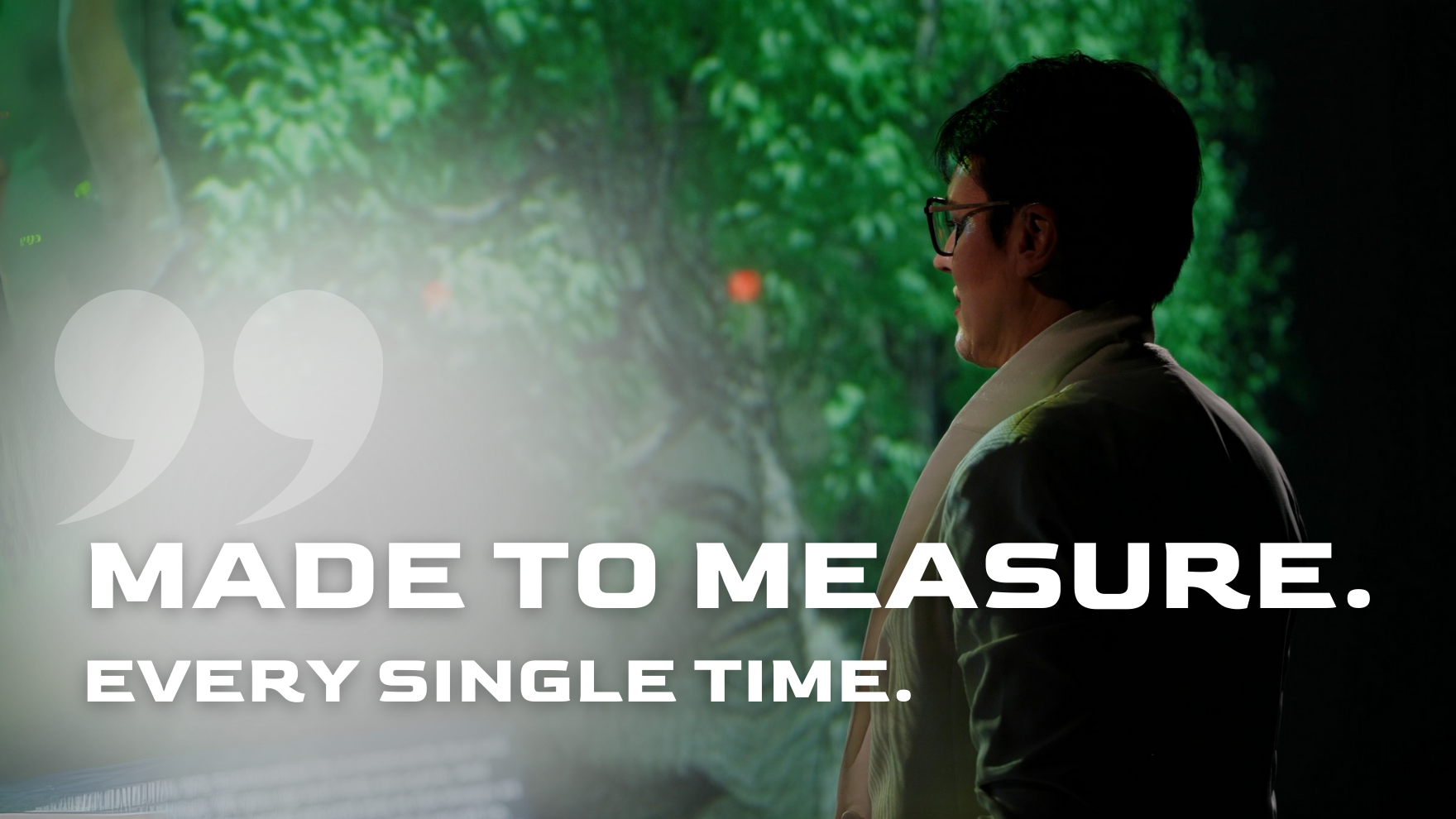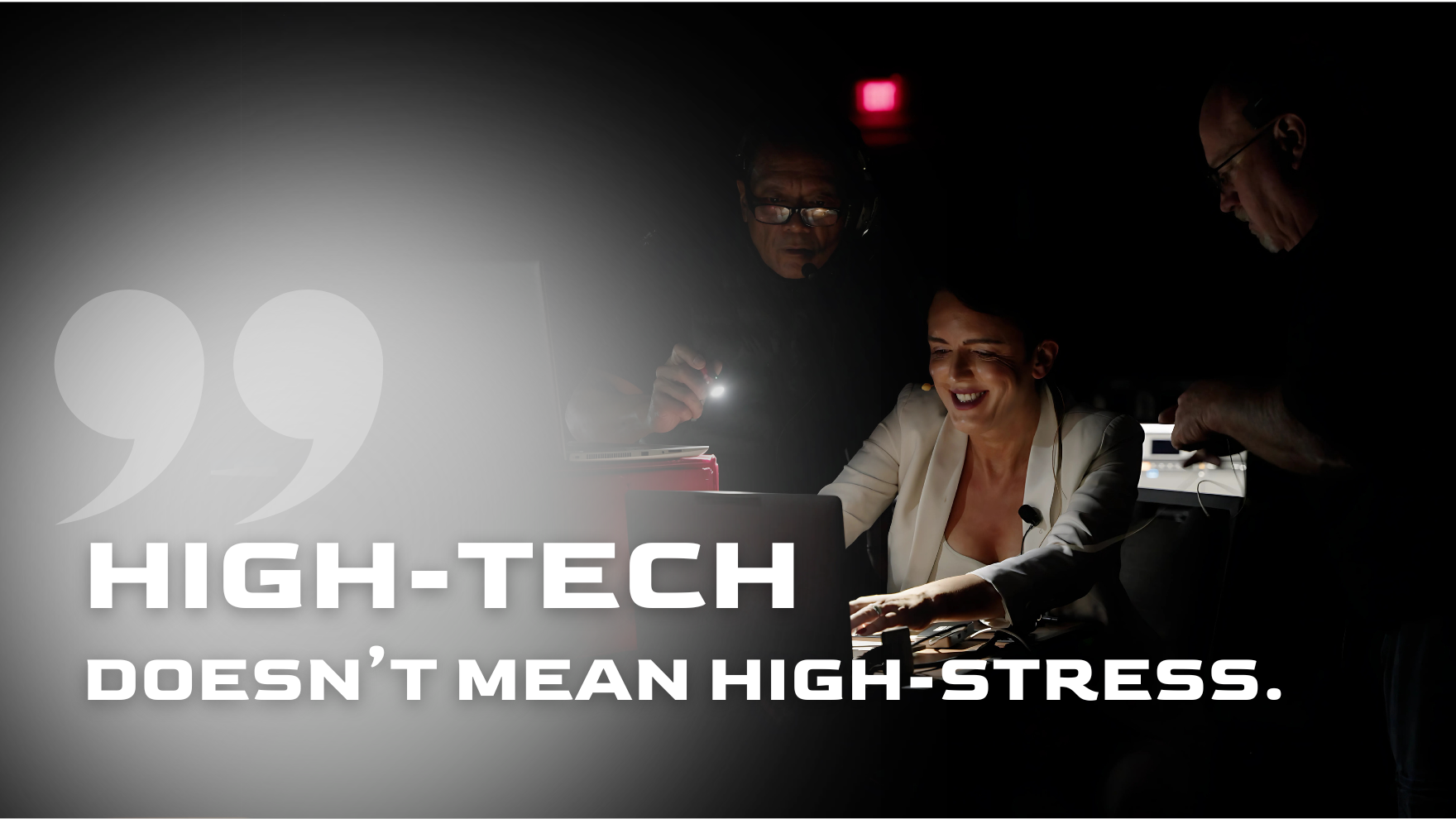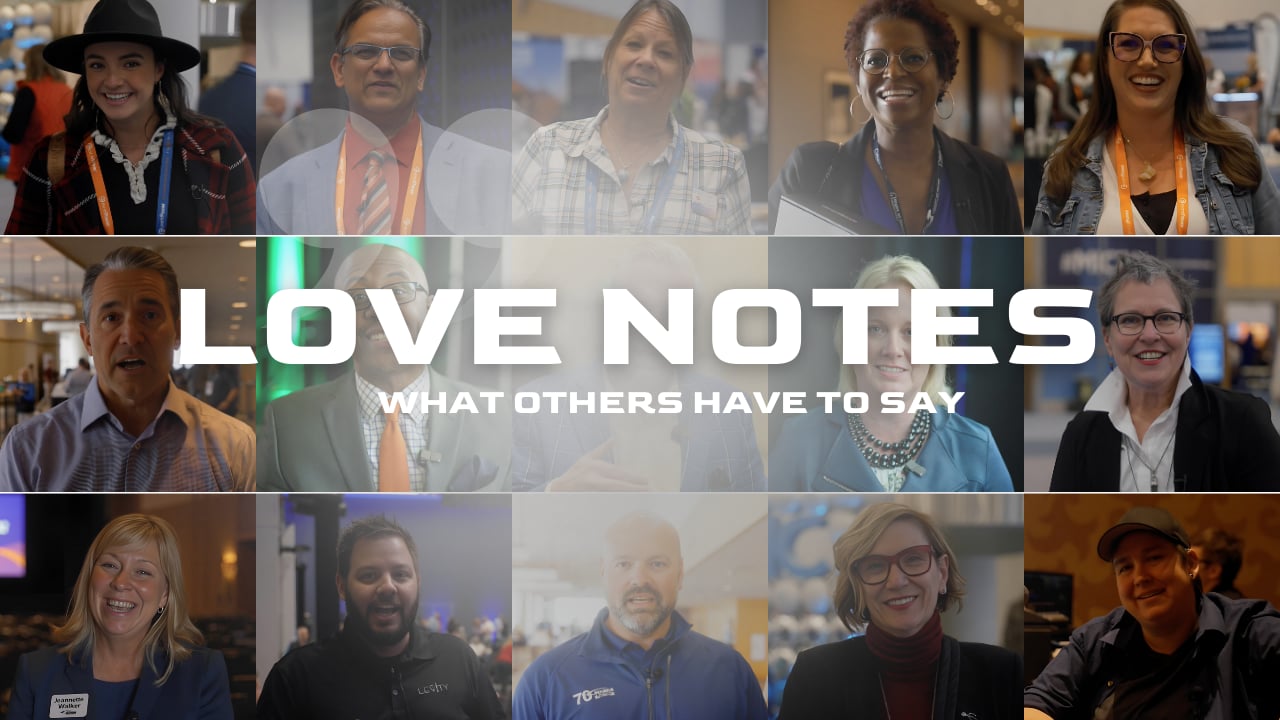What is a keynote speaker, and why are they the heartbeat of impactful events?
Have you ever wondered what is a keynote speaker and how a single person can ignite inspiration, challenge perspectives, and tie an event’s theme into one unforgettable moment? That’s the power of a keynote speaker. A keynote speaker isn’t just someone with a microphone—they’re the storyteller, strategist, and spark of any gathering. They connect with audiences on emotional and intellectual levels, setting the stage for meaningful conversations and actionable takeaways. Whether speaking to 50 or 5,000 people, a keynote speaker defines what an event stands for, making every moment resonate with attendees.
Key Takeaways
- A keynote speaker is the thematic architect of an event, delivering messages that resonate far beyond the room.
- They act as storytellers, using real-life experiences and expertise to connect with audiences.
- Their speeches are crafted with precision, balancing inspiration, education, and entertainment.
- The keynote speaker’s role isn’t just about speaking; it’s about energizing a room and catalyzing action.
- Keynote speakers adapt their delivery to fit the audience, ensuring relevancy and engagement.
- Their presentations often set the tone for an event, paving the way for further discussions and workshops.
- They influence how attendees perceive the event’s success and create a lasting impression.
The Keynote Speaker: Setting the Stage for Success
When you walk into a conference or event, there’s an undeniable energy in the air. But what—or who—turns that energy into something meaningful? Enter the keynote speaker. They are more than the opening act; they’re the guiding force that shapes the entire experience. By addressing the central theme and energizing the audience, a keynote speaker provides a clear direction that brings clarity to the event’s purpose.
They set the tone with a big-picture message, one that resonates with every attendee. Their words inspire not just thoughts but action, creating a ripple effect that carries through every conversation and workshop that follows. It’s a role that requires not just skill, but vision.
Keynote speakers are also the mood-setters. A high-energy keynote can uplift a room of weary professionals, while a thoughtful and reflective speech can set the stage for meaningful discussions. It’s not just about what they say—it’s about how they say it. Their presence has the power to transform a gathering into a truly transformative experience.
A keynote speaker’s success isn’t measured in applause but in the conversations they spark.
Why Stories Make Keynote Speakers Unforgettable
Humans are wired to respond to stories. We don’t just hear them; we want to live them. A great keynote speaker knows this better than anyone. Instead of rattling off dry statistics or corporate jargon, they weave stories into their speeches to captivate the room. These aren’t just any stories—they’re chosen with care to connect deeply with the audience.
Keynote speakers often draw from their own lives to create these moments. Their triumphs, failures, and lessons learned become tools to inspire others. And when they invite the audience to step into those stories, the result is a shared experience that sticks with people long after the event ends.
A single narrative can simplify and humanize complex information, making the audience feel the weight of their work in a way that data alone never could. The best stories make people see the world—and themselves—differently.
The best keynote speakers are part storyteller, part experts, and all heart.
Balancing Expertise and Engagement: A Keynote Speaker’s Superpower
A keynote speaker’s job is to educate, inspire, and entertain—all at the same time. It’s no small feat. They take complex topics and break them down into something relatable and actionable. But they don’t stop there. A great keynote speaker infuses their message with humor, passion, and authenticity, turning what could have been a lecture into an experience.
Think of a tech conference keynote speaker explaining cutting-edge AI innovations. It’s not enough for them to know the technology inside and out. They need to explain it in a way that makes sense to a CEO, a developer, and a marketer—simultaneously. And they need to do it without losing anyone’s attention. That’s the balancing act: delivering depth without losing accessibility.
What makes it work is their ability to connect. Keynote speakers don’t just lecture; they have a conversation with the room, even if it’s a room of thousands. They ask questions, spark curiosity, and, most importantly, listen—whether it’s to the mood of the audience or the themes of the event. What is a keynote speaker without the ability to engage and adapt?
Keynote speakers are a rare mix of scholar and showman, blending knowledge with charisma.
Customization is Key: Tailoring Messages for Maximum Impact
No two audiences are the same, and a skilled keynote speaker knows that a one-size-fits-all approach doesn’t work. The best keynote speakers dive deep into understanding the audience’s challenges, aspirations, and industry trends. They don’t deliver pre-packaged speeches—they craft unique experiences designed specifically for the room in front of them.
This level of customization takes effort. Great keynote speakers study the audience demographics, research the organization hosting the event, interview attendees beforehand, and much more. The result? A speech that feels personal, relevant, and impactful.
The best keynotes are so tailored they couldn’t work for any other audience.
The Emotional Connection: Keynote Speakers Speak to the Heart
Information alone isn’t enough to inspire action. The best keynote speakers tap into their audience’s emotions, creating a connection that goes beyond words. They don’t just inform; they move people. This emotional resonance is what makes their message stick.
Consider a keynote speaker addressing a team that’s recently gone through organizational changes. By acknowledging their struggles and celebrating their resilience, the keynote speaker creates a bond with the audience. They’re no longer just a speaker—they’re a trusted voice, someone who understands what the audience is feeling and offers a path forward.
This emotional connection isn’t accidental. Keynote speakers use tone, storytelling, and authenticity to build trust. They show vulnerability, share personal stories, and speak with empathy. A keynote speaker who shares their struggles, triumphs, and lessons learned can inspire audiences to confront their own challenges with newfound confidence.
And it works—audiences are far more likely to act on a message that they feel as well as understand. What is a keynote speaker, after all, if not someone who makes audiences feel understood?
Facts tell, but emotions sell—and great keynote speakers know that.
The Art of Captivating Attention: Why Delivery Matters More Than Eve
Standing in front of an audience is only part of the equation. What truly sets a great keynote speaker apart is their delivery. It’s not just about the words they say, but how they say them—the pauses, the inflections, the energy that fills the room. A great keynote speaker understands the nuances of their audience and adjusts their delivery to make the biggest impact.
Some moments require humor to break the ice, while others demand sincerity and gravity. The speaker’s ability to read the room and pivot on the fly can transform a good keynote into a powerful, unforgettable experience. A speaker with dynamic delivery doesn’t just capture attention—they hold it, making every word count.
Delivery isn’t just about speaking; it’s about creating an experience. Whether through interactive moments, thought-provoking questions, or powerful visuals, the greatest keynote speakers draw the audience in and keep them engaged until the final word.
A keynote speaker’s delivery isn’t just communication—it’s choreography that moves the mind and stirs the soul.
ADDITIONAL RESOURCES
An Assessment of Accurate Guides to Exceptional Keynote Speech for Captivation of Audience
This study explores the elements that make keynote speeches captivating, emphasizing the importance of engaging content and delivery in academic and professional settings.
FREQUENTLY ASKED QUESTIONS
How is a keynote speaker different from other speakers?
Keynote speakers focus on the overarching theme of the event, while other speakers may tackle specific or niche topics. A keynote is designed to resonate broadly and leave a lasting impression.
How long does a typical keynote presentation last?
Most keynote speeches are between 45 minutes to an hour, although the duration can vary depending on the event’s schedule and goals; and recently have become shorter.
How can you measure the success of a keynote speaker?
Success can be gauged by attendee feedback, audience engagement during the presentation, and how well the speech aligns with the event’s objectives and inspires action.
ABOUT THE AUTHOR
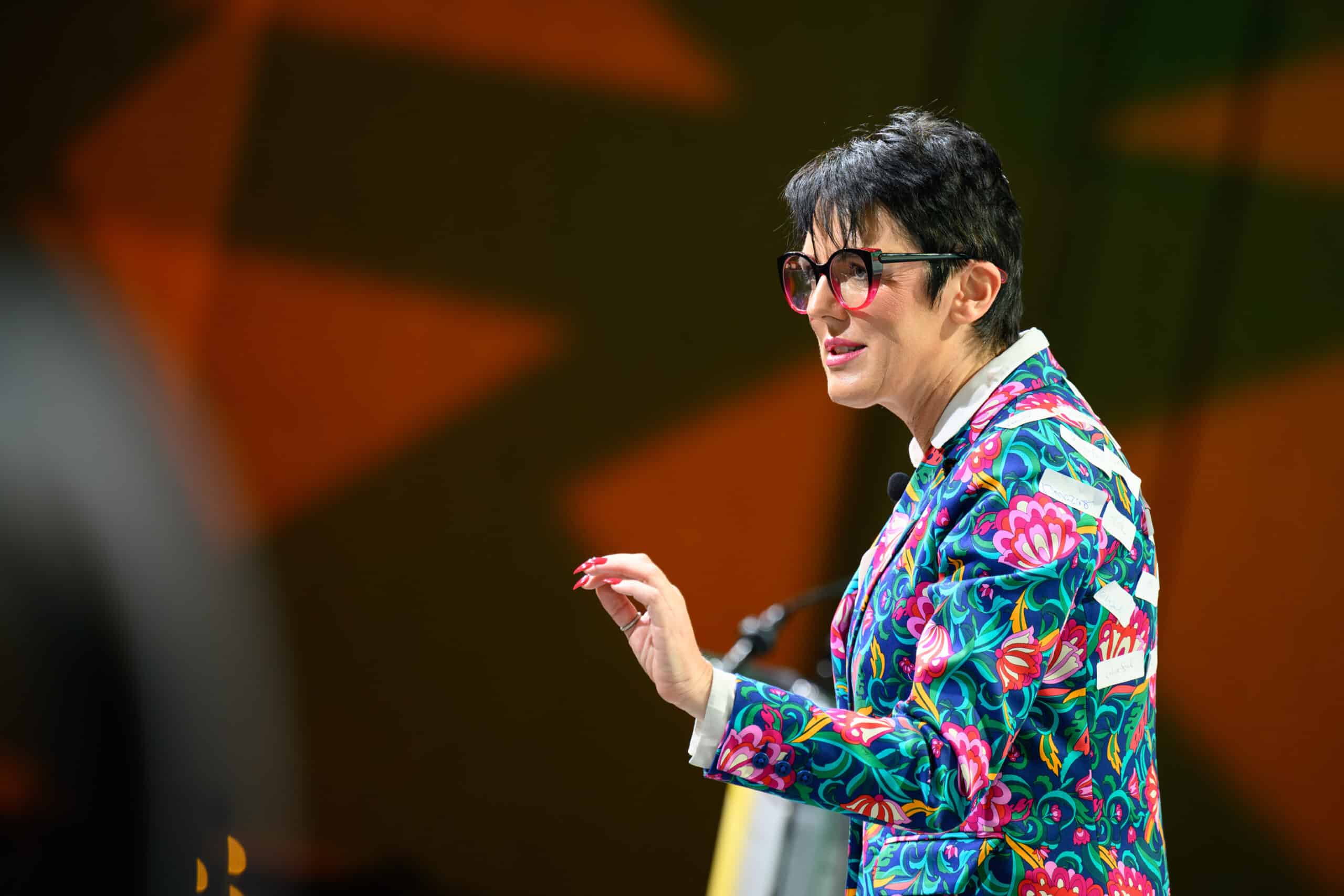
Sylvie di Giusto, CSP
is an internationally acclaimed, multi-award-winning keynote speaker renowned for her 3D immersive keynotes and interactive experiences. With decades of corporate expertise, Sylvie inspires extraordinary leaders and professionals to make intentional choices that elevate their leadership, client interactions, and organizational success. Trusted by global brands such as American Express, Microsoft, Hilton, and the US Air Force, Sylvie’s captivating keynotes empower audiences to drive business growth and enhance brand reputation.

